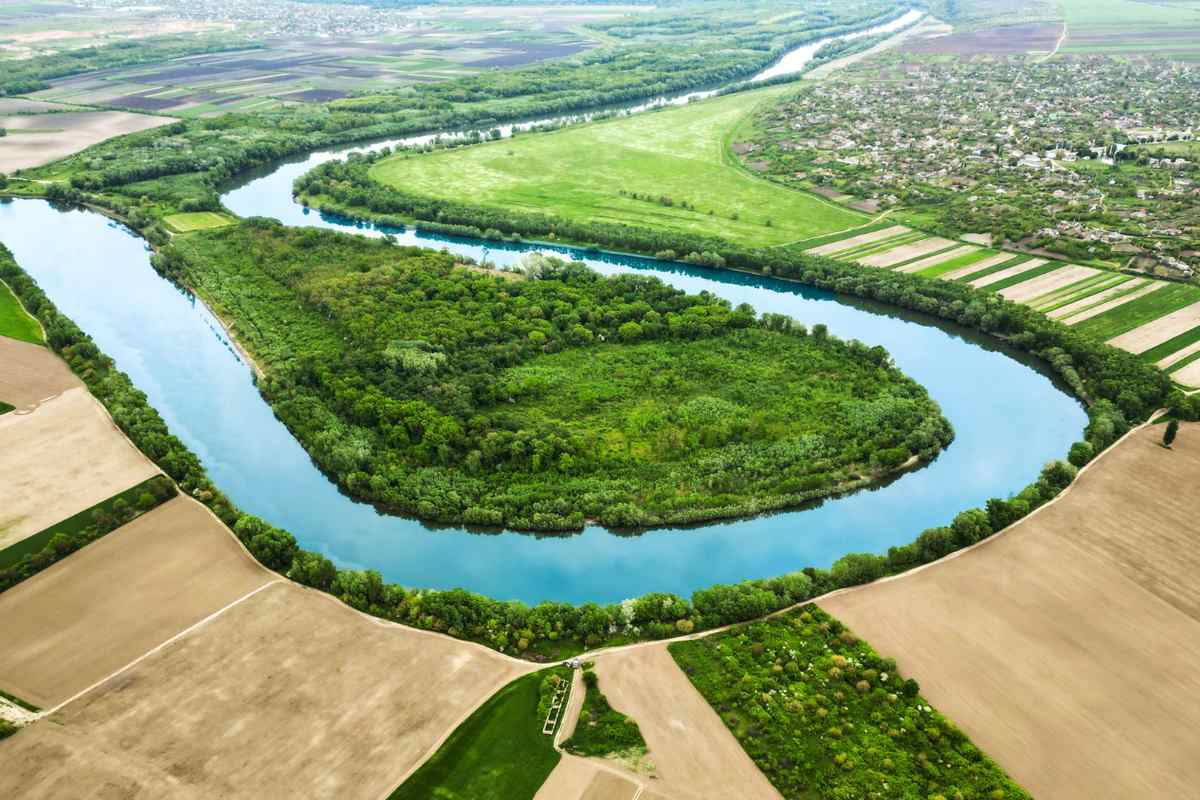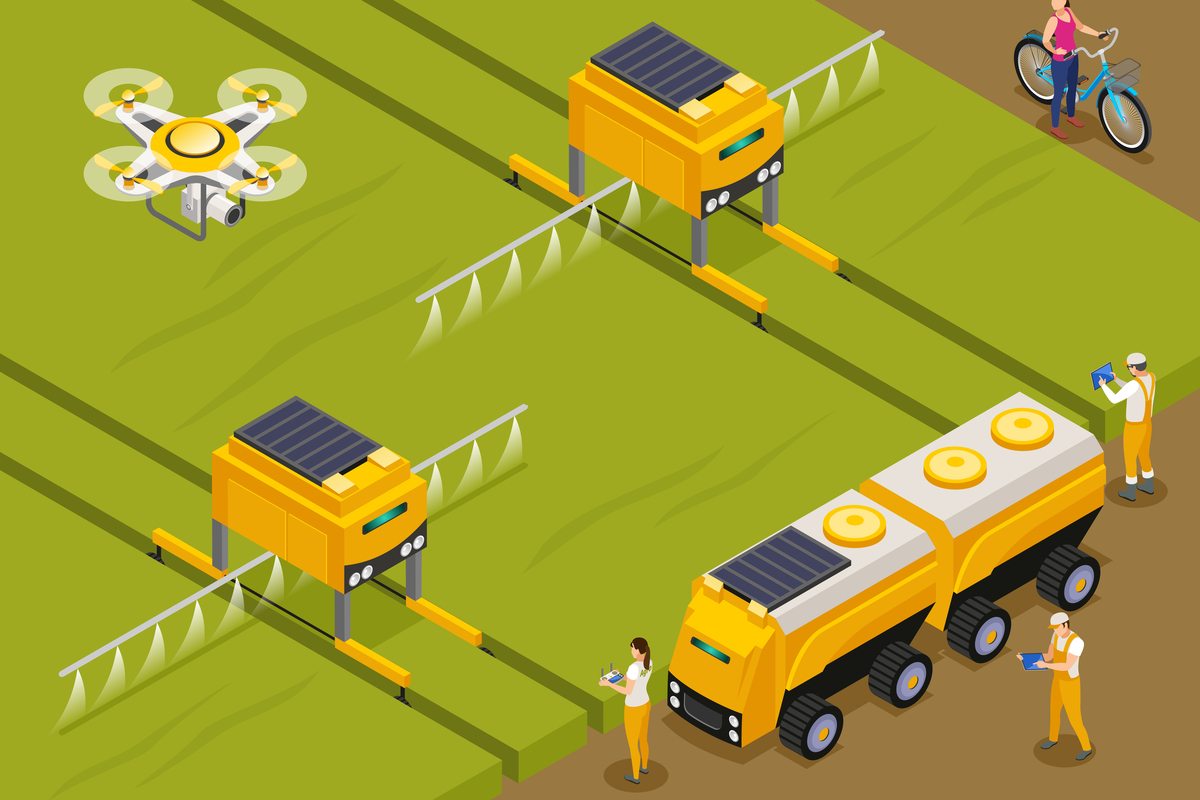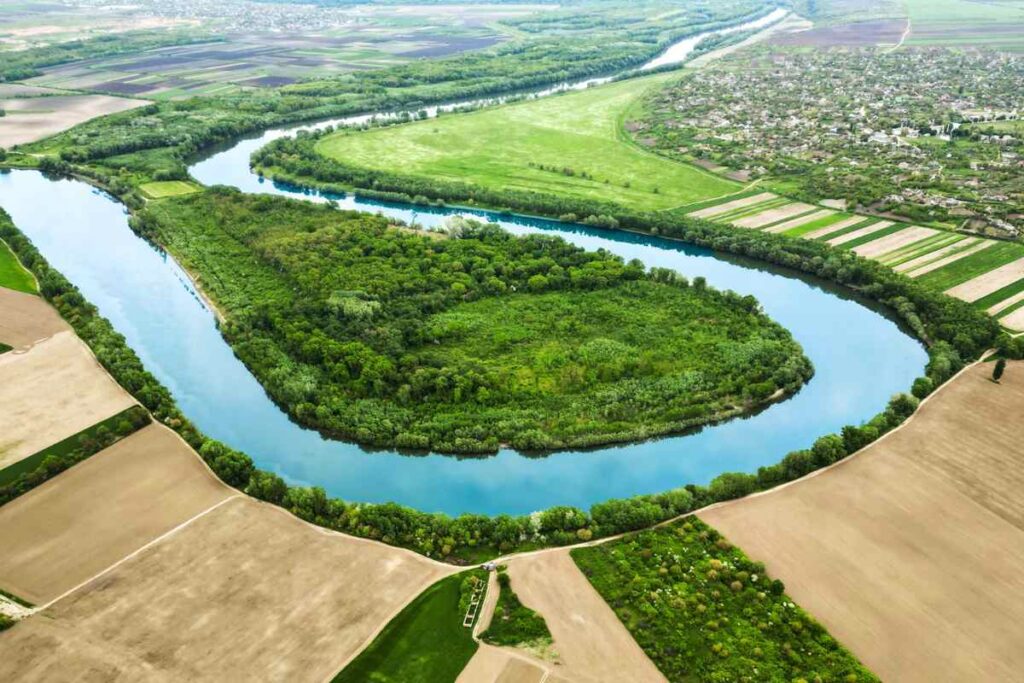
Rainfed agriculture and watershed management are closely interconnected, as both focus on sustainable water and land use for improved agricultural productivity and environmental conservation. When farmers incorporate watershed management techniques into their rainfed practices, they can enhance soil moisture retention, boost crop production, and minimize the challenges posed by unpredictable rainfall, which helps secure a sustainable future and food supply. In this article, we will discuss rainfed agriculture and watershed management in detail.
Table of Contents
Rainfed Agriculture
Rainfed agriculture is a type of farming that depends entirely on natural rainfall to grow crops, without any irrigation. It is the primary source of food production in many regions, especially in arid and semi-arid areas where irrigation infrastructure is limited.
This type of agriculture is cost-effective and environmentally sustainable but is highly dependent on rainfall patterns, making it vulnerable to droughts, erratic precipitation, and climate change. Using smart soil and water conservation methods like mulching, contour farming, and agroforestry can boost moisture retention and increase productivity in rainfed farming systems.
Advantages of Rainfed Agriculture
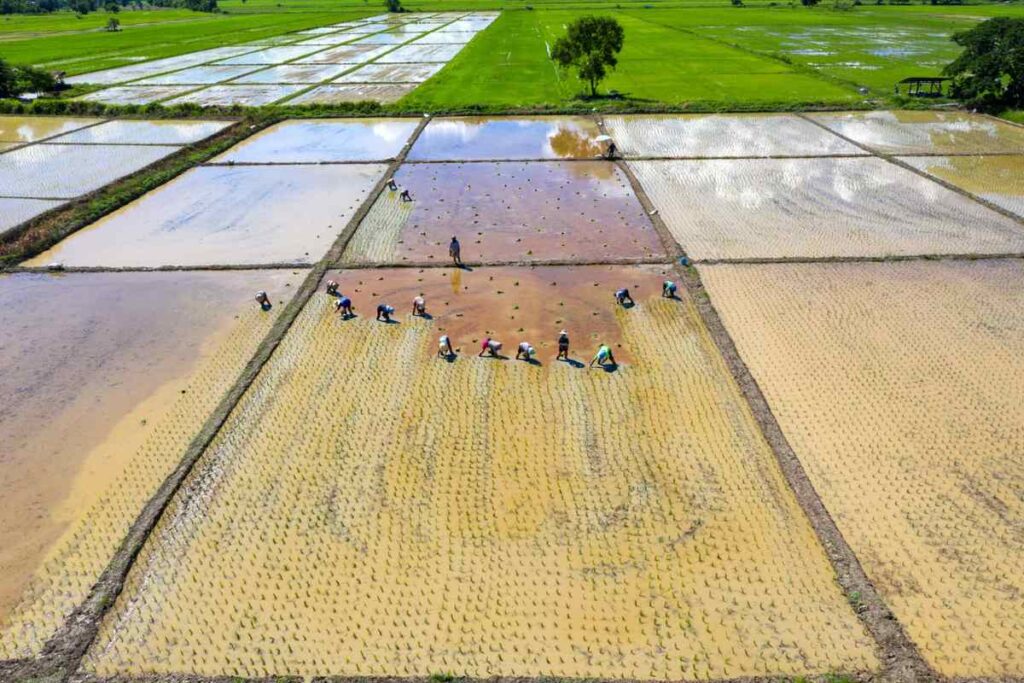
1. Cost-Effective Farming
Rainfed agriculture cuts down on farming costs since it doesn’t need pricey irrigation systems. This means farmers can save cash on things like infrastructure, fuel, and electricity that they would typically spend on irrigation.
2. Environmentally Sustainable
Rainfed farming helps to cut down on excessive groundwater use and lowers energy needs, making it a more sustainable choice over time. Unlike farming that relies on irrigation, it doesn’t cause issues like soil salinity or waterlogging, which can harm soil quality.
3. Natural Crop Growth Cycle
Since rainfed agriculture follows the natural rainfall cycle, it helps maintain the ecological balance and supports biodiversity. Many traditional and indigenous crops thrive better under rainfed conditions.
4. Less Dependence on External Resources
Farmers practicing rainfed agriculture do not have to depend on irrigation facilities, water pumps, or government water supply systems. This makes the system more self-reliant and reduces operational costs.
5. Encourages Soil and Water Conservation Practices
Since water is a limiting factor in rainfed farming, farmers adopt soil and water conservation techniques like mulching, cover cropping, contour plowing, and agroforestry to improve moisture retention and reduce soil erosion.
6. Suitable for Dryland Crops
Rainfed farming is perfect for growing tough crops like millets, sorghum, pulses, and oilseeds, which need less water and are highly nutritious. These crops play a key role in ensuring food security in areas where water is limited.
Disadvantages of Rainfed Agriculture

1. High Dependency on Rainfall
The biggest challenge of rainfed agriculture is its complete reliance on natural rainfall. Any variation, such as droughts or delayed monsoons, can severely impact crop yield and lead to food shortages.
2. Unpredictable Crop Yields
Since rainfall patterns are often erratic, farmers cannot predict their harvest with certainty. Insufficient or excessive rainfall can damage crops, leading to lower productivity and financial losses.
3. Soil Degradation and Erosion
In regions with heavy rainfall, water runoff can lead to soil erosion, washing away nutrients and degrading soil quality. In contrast, prolonged dry periods can lead to desertification and loss of arable land.
4. Limited Crop Variety
Rainfed farming limits the types of crops that can be cultivated. Farmers have to stick with drought-resistant varieties, which narrows down their chances for diversifying and exploring commercial farming options.
5. Lower Productivity Compared to Irrigated Farming
Since water availability is uncertain, rainfed farming generally produces lower yields compared to irrigated agriculture. This can affect farmers’ income and overall food production, making it difficult to meet market demands.
6. Vulnerability to Climate Change
Climate change is causing more extreme weather events like long droughts, intense storms, and changing rainfall patterns. This puts rainfed agriculture at risk, making it a less dependable source for food security in the long run.
Watershed Management
Watershed management is the process of conserving, restoring, and sustainably utilizing natural resources within a watershed to maintain ecological balance and improve water availability. It involves soil conservation, afforestation, water harvesting, and sustainable land-use practices to reduce soil erosion, enhance groundwater recharge, and prevent water pollution.
Good watershed management can really help reduce the impact of floods and droughts, boost biodiversity, and enhance farming output. It also promotes community participation and integrates scientific and traditional knowledge for long-term environmental and socio-economic benefits. However, challenges such as high costs, land-use conflicts, and maintenance issues must be addressed to ensure its success.
Advantages of Watershed Management
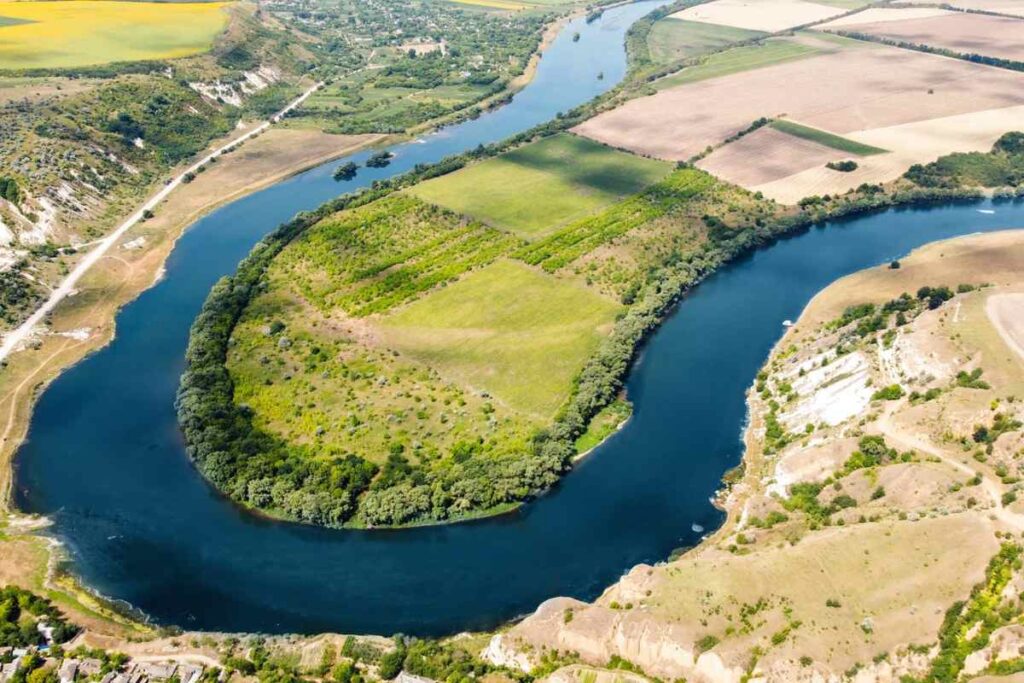
1. Enhanced Water Availability
Watershed management helps conserve and recharge groundwater by promoting rainwater harvesting, check dams, and other water conservation techniques. This ultimately boosts the water supply for farming, household needs, and industrial use.
2. Prevention of Soil Erosion
By implementing soil conservation techniques such as contour plowing, terracing, and afforestation, watershed management reduces soil erosion. This helps maintain soil fertility, improving agricultural productivity.
3. Improved Agricultural Productivity
Better soil moisture retention and improved water management techniques lead to increased crop yields. Farmers can grow multiple crops, leading to better food security and economic benefits.
4. Flood and Drought Mitigation
Watershed management helps regulate the flow of water, which helps lessen flood risks when it rains heavily and makes sure there’s enough water during dry spells. It promotes a balanced water cycle that reduces the effects of severe weather.
5. Biodiversity Conservation
Afforestation, soil conservation, and sustainable land-use practices create a favorable environment for various plant and animal species. This helps maintain ecological balance and protects endangered species.
6. Improved Livelihoods and Rural Development
By promoting sustainable farming, water conservation, and afforestation, watershed management enhances employment opportunities for local communities. It supports eco-tourism, fisheries, and other rural industries.
Disadvantages of Watershed Management
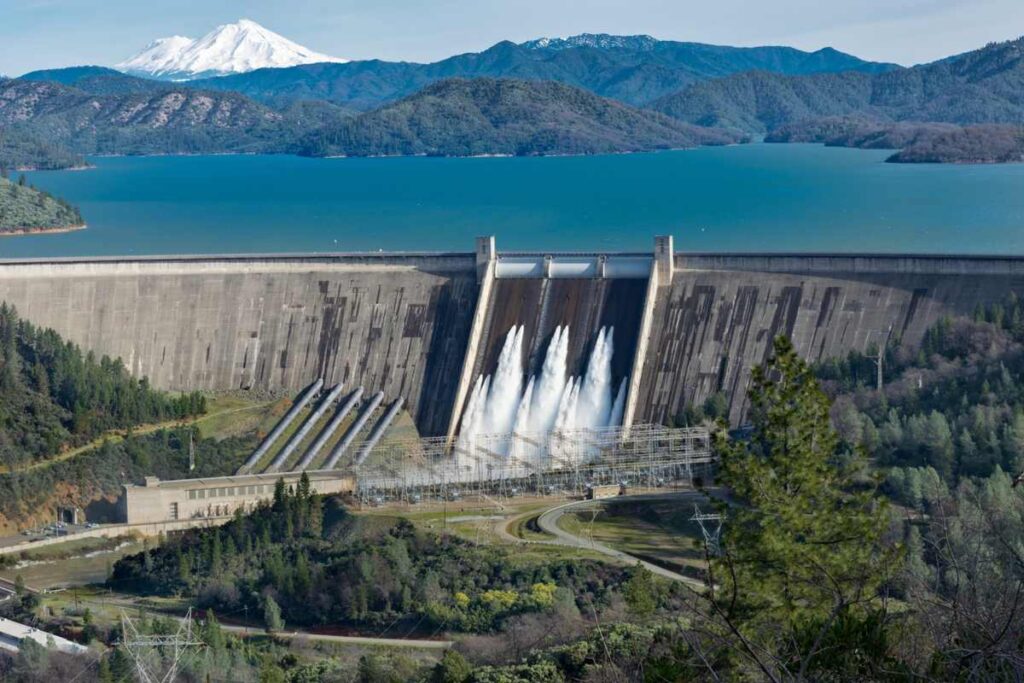
1. High Initial Costs
Implementing watershed management programs requires significant investment in infrastructure, technology, and training. Many developing countries struggle to allocate sufficient funds for such projects.
2. Long-Term Implementation and Benefits
The benefits of watershed management, such as groundwater recharge and improved soil fertility, take time to become visible. This long gestation period can make it challenging to maintain funding and interest in projects.
3. Complexity in Implementation
Watershed management requires the coordination of multiple stakeholders, including local communities, governments, and environmental organizations. Mismanagement or lack of cooperation can lead to conflicts and ineffective implementation.
4. Land-Use Conflicts
Different groups within a watershed, such as farmers, industries, and conservationists, may have competing interests. Balancing water allocation and land use can be challenging and may lead to disputes.
5. Maintenance and Sustainability Issues
Watershed management requires continuous monitoring and maintenance of structures like check dams, recharge pits, and irrigation systems. If not properly maintained, these structures may fail, reducing the effectiveness of the project.
6. Climatic and Geographical Limitations
The success of watershed management depends on climatic and geographical conditions. In arid regions, limited rainfall may reduce the effectiveness of water conservation measures, while in mountainous areas, excessive runoff may hinder soil retention efforts.
Conclusion
Rainfed agriculture and watershed management play a vital role in sustainable agriculture and environmental conservation. Rainfed farming relies entirely on natural rainfall, which makes it susceptible to changes in climate. On the other hand, watershed management helps by boosting water availability, reducing soil erosion, and increasing land productivity. By using strategies like rainwater harvesting, planting trees, and soil conservation methods, farmers can lessen the impact of unpredictable rainfall and maintain sustainable farming practices. Effective implementation of these practices not only enhances food security but also promotes environmental resilience and rural livelihoods. Therefore, adopting a holistic approach that combines rainfed agriculture with watershed management is key to achieving sustainable development in water-scarce regions.

